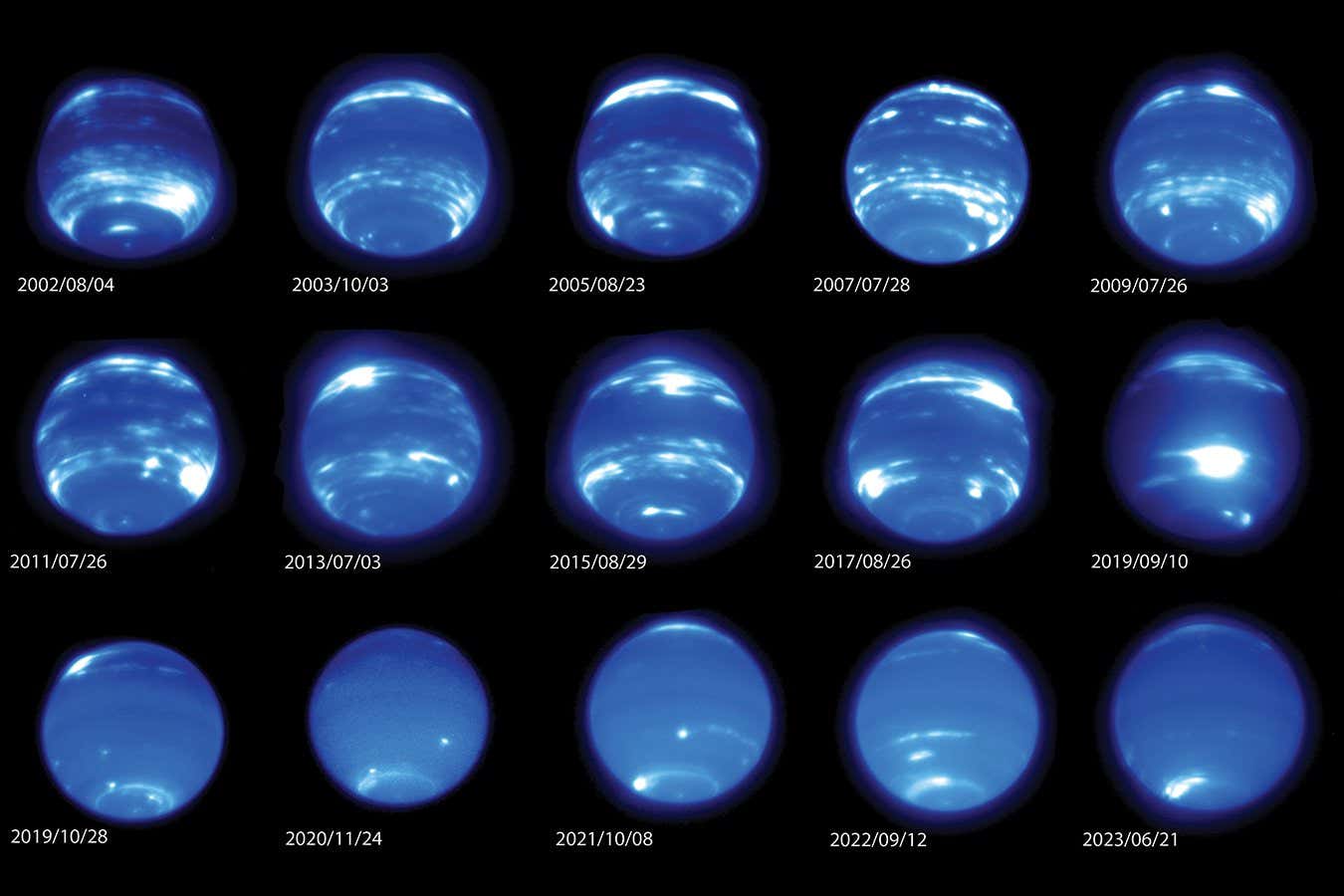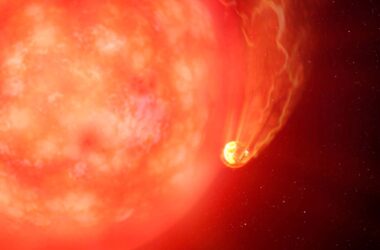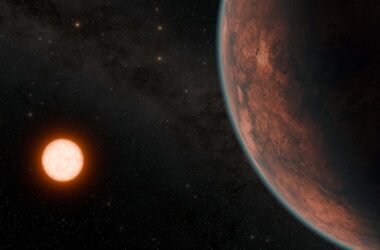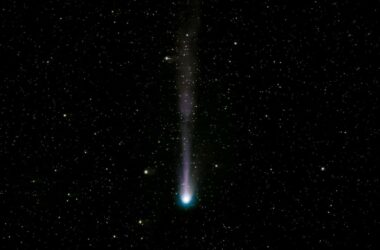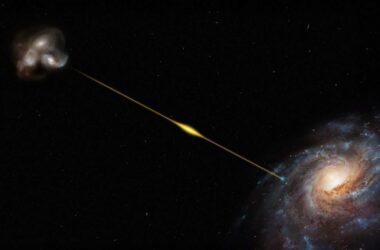Neptune, the blue planet in our solar system, has experienced a significant decrease in cloud cover. The Voyager 2 spacecraft first captured detailed images of the planet in 1989, revealing its cerulean disc adorned with wispy white clouds. However, recent observations show that Neptune’s skies are now almost completely clear. Astronomers believe that the sun’s 11-year cycle may be influencing the abundance of clouds on Neptune, despite the planet’s great distance from the sun.
A team of researchers, led by Erandi Chavez from the University of California, Berkeley, monitored the cloud activity on Neptune from 1994 to 2022. They analyzed images from ground-based observatories and the Hubble Space Telescope. The study discovered regular fluctuations in the amount of cloud cover, with notably cloudy conditions in 2002 and 2015, and remarkably clear skies in 2007 and 2020.
In 2020, Neptune experienced the lowest cloud cover ever observed, with the planet appearing darker than ever before without any white clouds to reflect sunlight. Chavez stated that even recent images taken in June still show the clouds have not returned to previous levels. The period of low cloud activity preceding this was not as dramatic or prolonged.
The changes in cloud cover occurred rapidly, particularly in 2019. Imke de Pater, a team member from the University of California, Berkeley, expressed surprise at how quickly the clouds disappeared on Neptune. Cloud activity seemed to diminish within a few months.
The pattern of cloud cover fluctuations on Neptune seems to roughly align with the sun’s 11-year cycle, with a two-year lag between the extremes of solar activity and the corresponding changes on Neptune. When the sun is most active, more clouds tend to form on Neptune, while less solar activity results in the dissipation of Neptune’s clouds.
The correlation can be explained by the interaction between sunlight and Neptune’s atmosphere. Sunlight hitting the top of Neptune’s atmosphere initiates chemical reactions that produce clouds of methane and other chemicals. These reactions take time, which accounts for the two-year delay. It is worth noting that Neptune receives only 1% of the sunlight that Earth does, making the sun appear more like a bright star in its skies rather than the overpowering orb we see from Earth.
While the connection between the sun’s activity and Neptune’s clouds is not yet fully confirmed, it is plausible that sunlight plays a role in the creation or dissipation of clouds on the planet. However, it is also possible that sunlight may darken the clouds and hazes, making the cause and effect more complex.
Additionally, Neptune experiences occasional massive storms that originate in its deep atmosphere and rise to the surface. The researchers are still investigating the influence of these storms on the planet’s cloud dynamics. Continuous monitoring of Neptune’s cloud layers will contribute to a better understanding of these complexities.
Topics:




